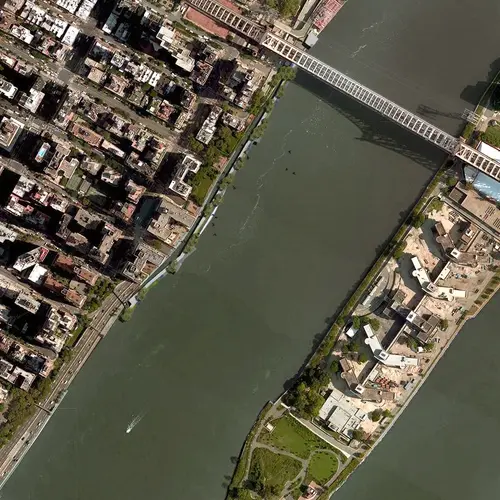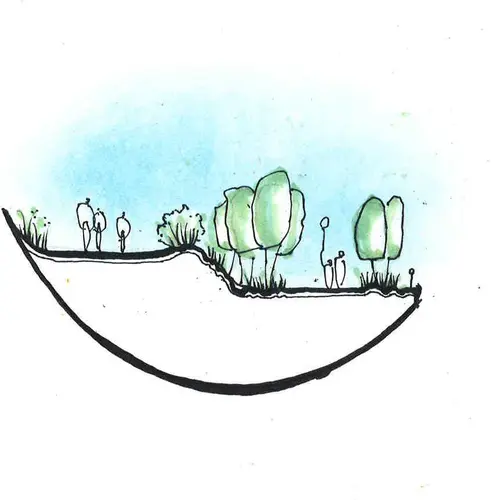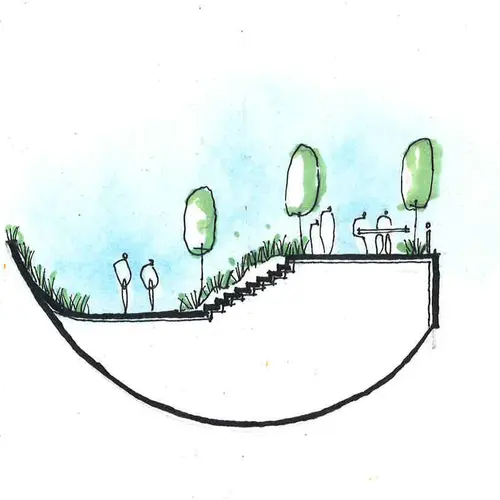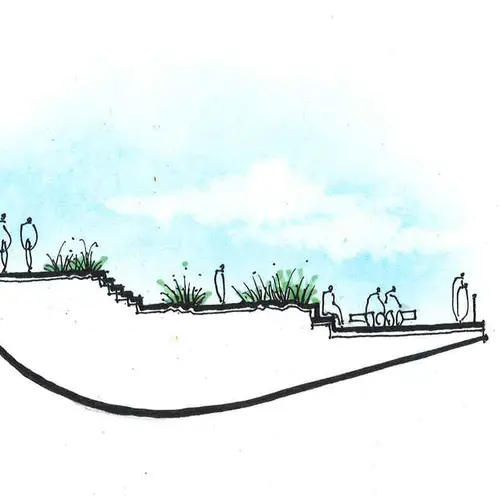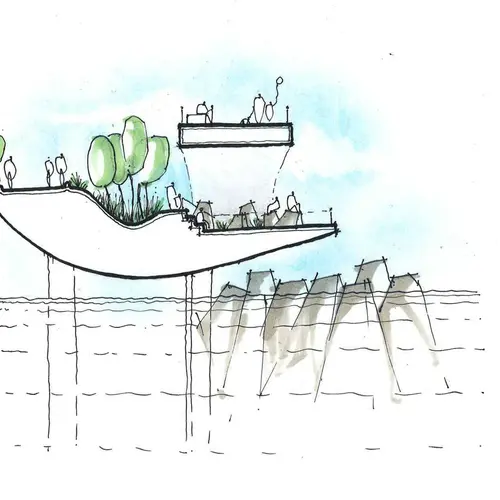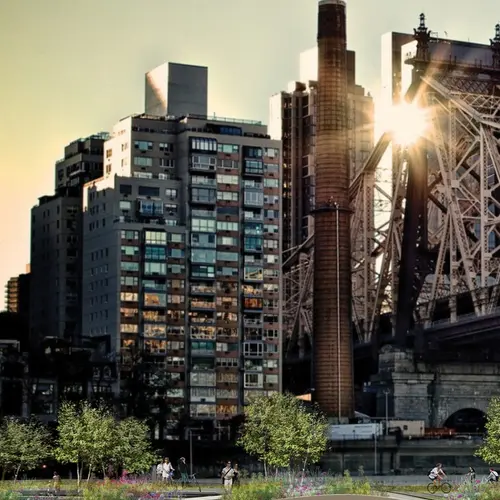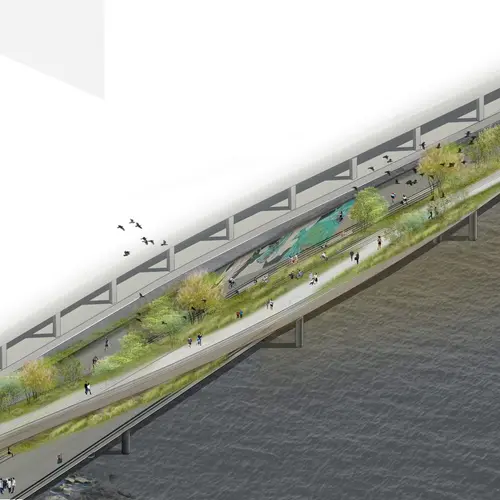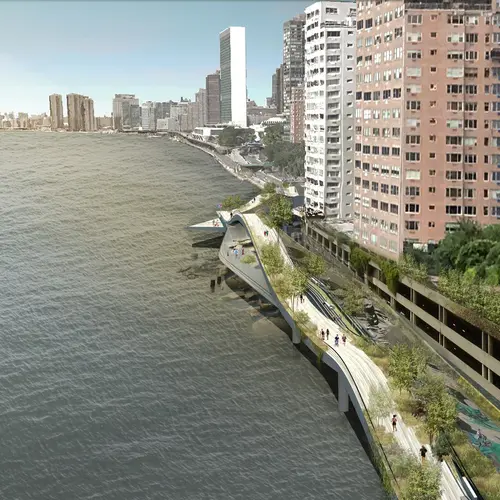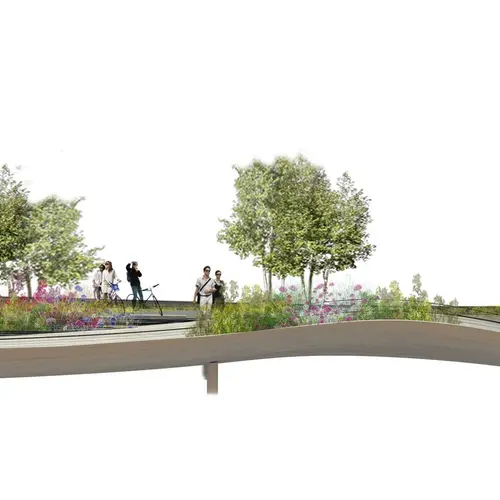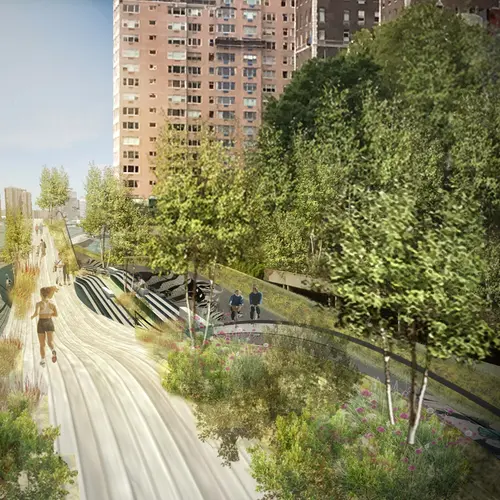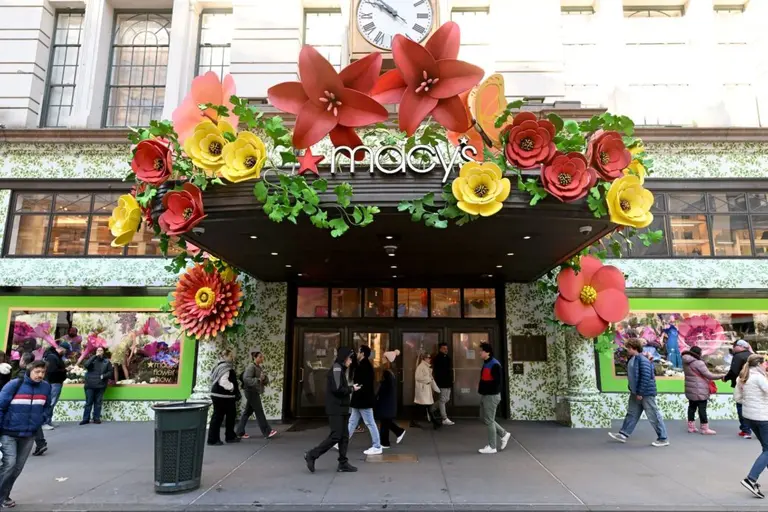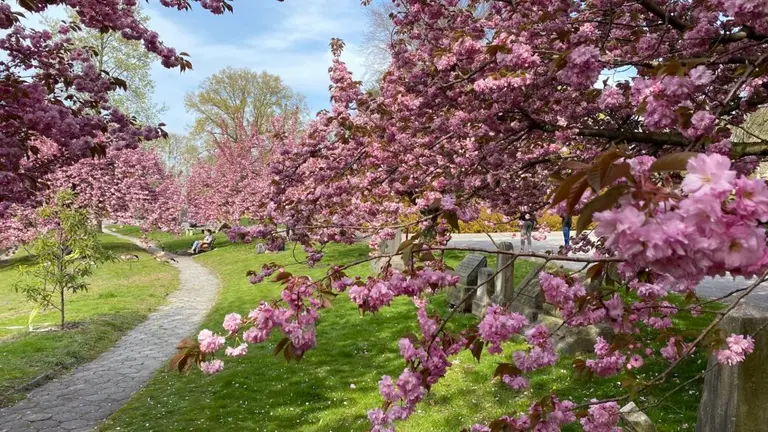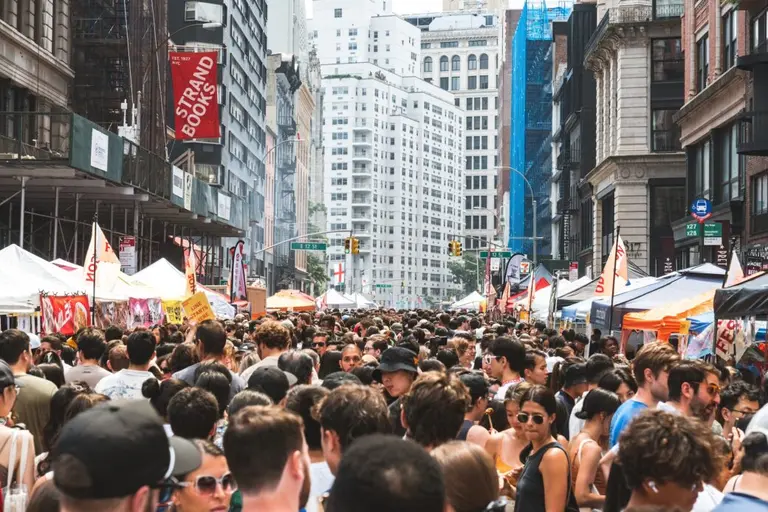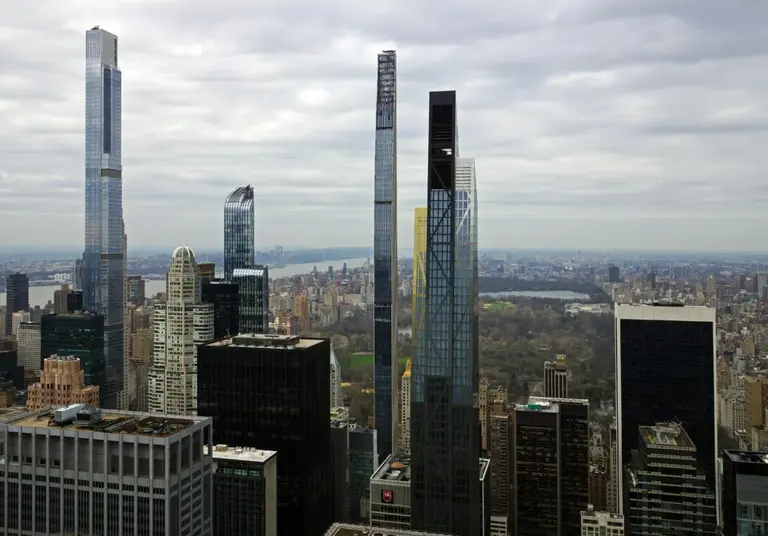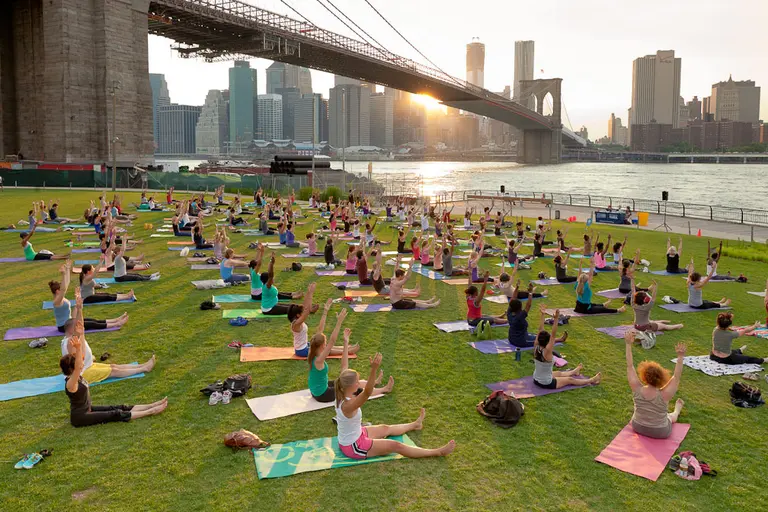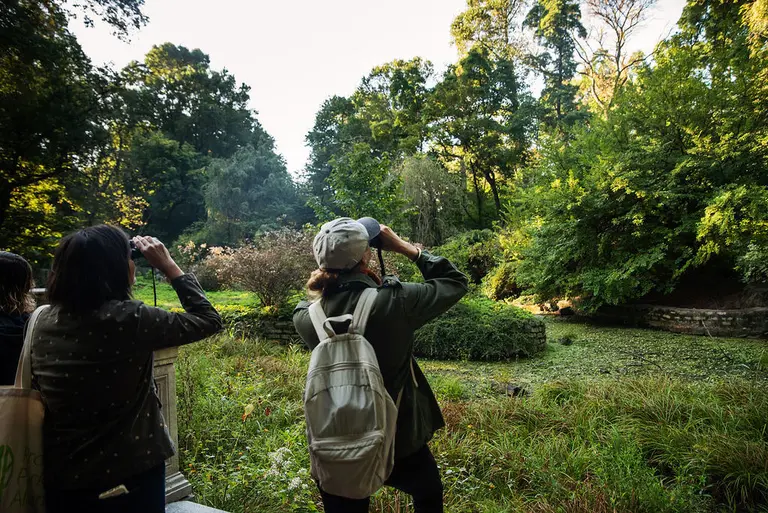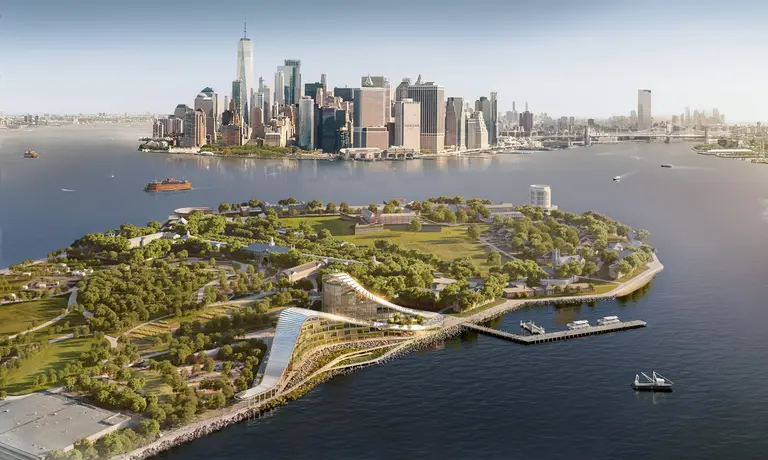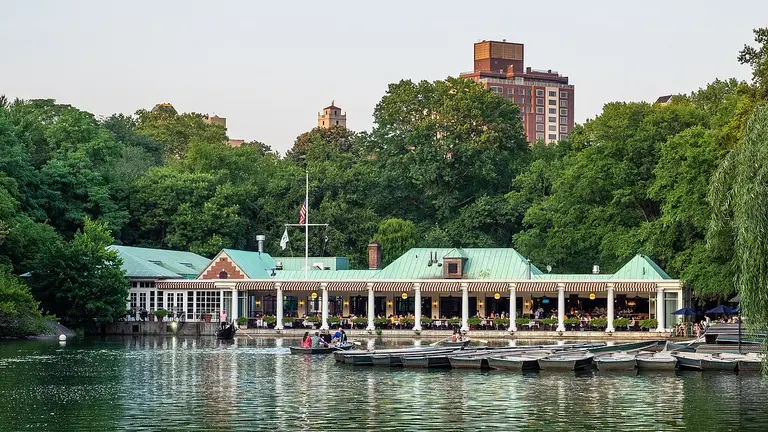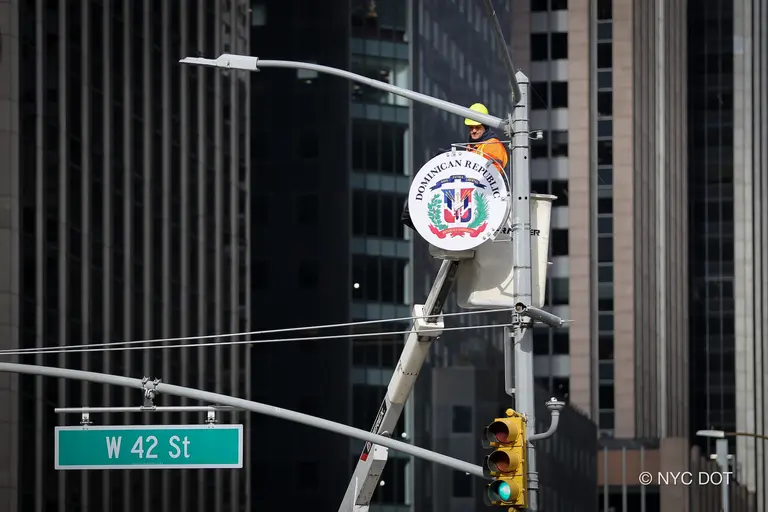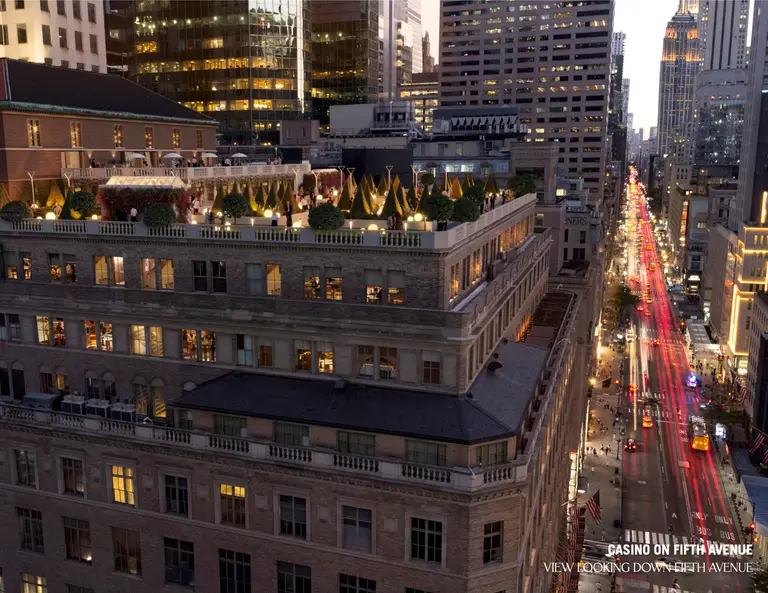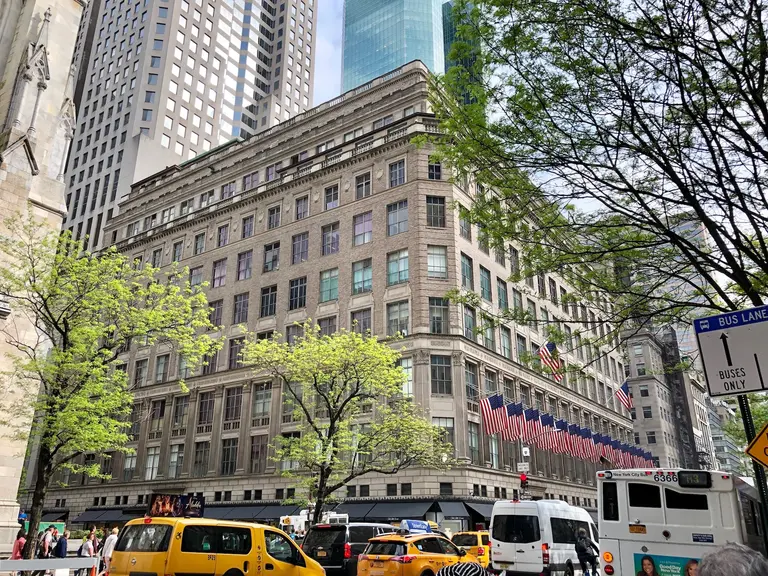Proposal for gap along East River greenway calls for two wave-like lanes and flexible outdoor rooms
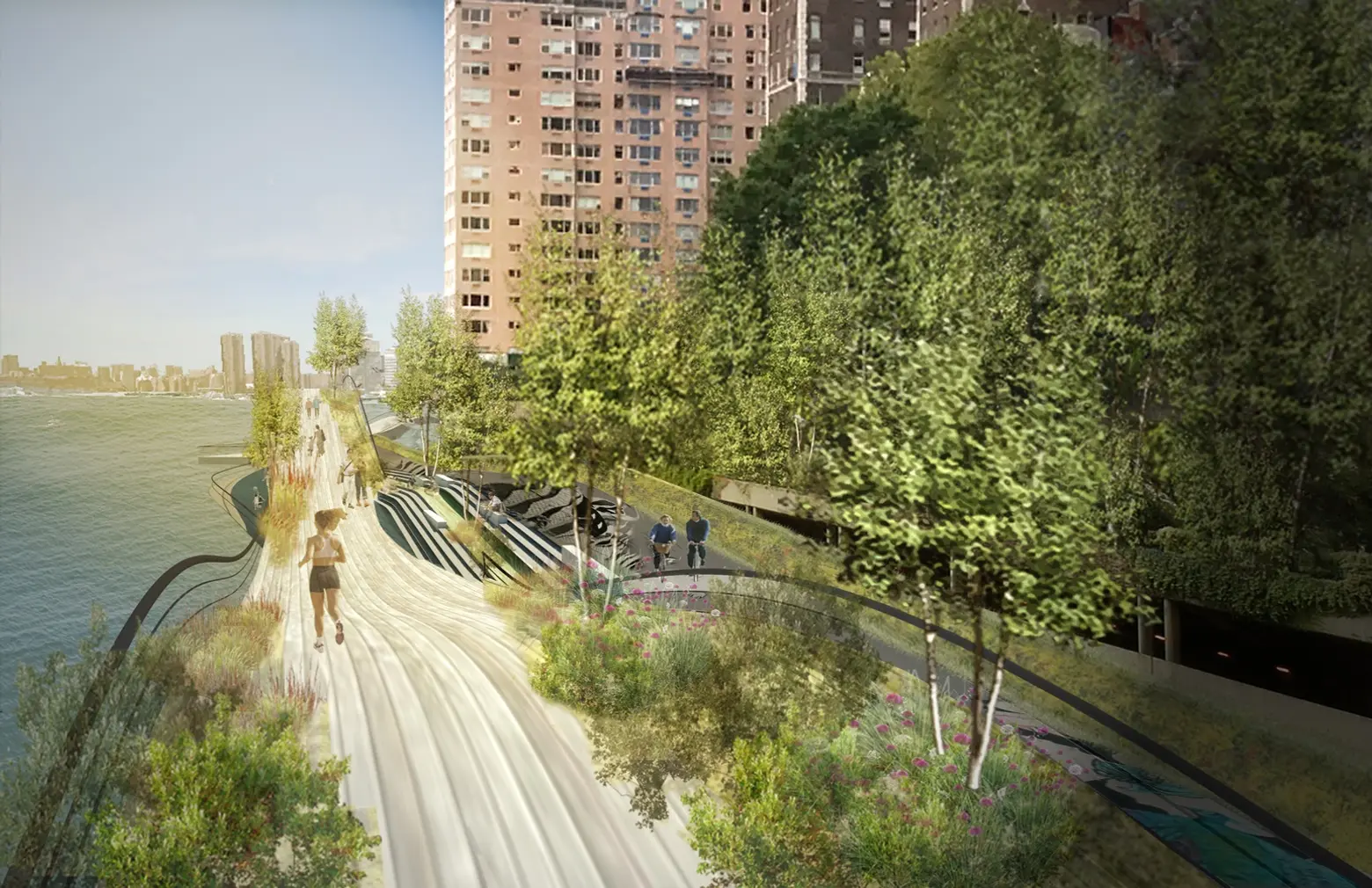
In April, Mayor Bill de Blasio announced that the city will spend $100 million on closing the gap that stretches from 53rd to 61st Street along the East River Greenway in Manhattan. Beginning in 2019, the city plans on connecting all 32-miles of the greenway’s coastline with waterfront amenities for the public. As ArchDaily learned, an interdisciplinary design practice, wHY, has submitted a request for proposal to the New York City Development Corporation for the greenway’s 1.1 mile-long, undeveloped gap. The firm’s $70 million proposal calls for two lanes: a slow one for plants and pedestrians and a fast-lane for bikers and runners.
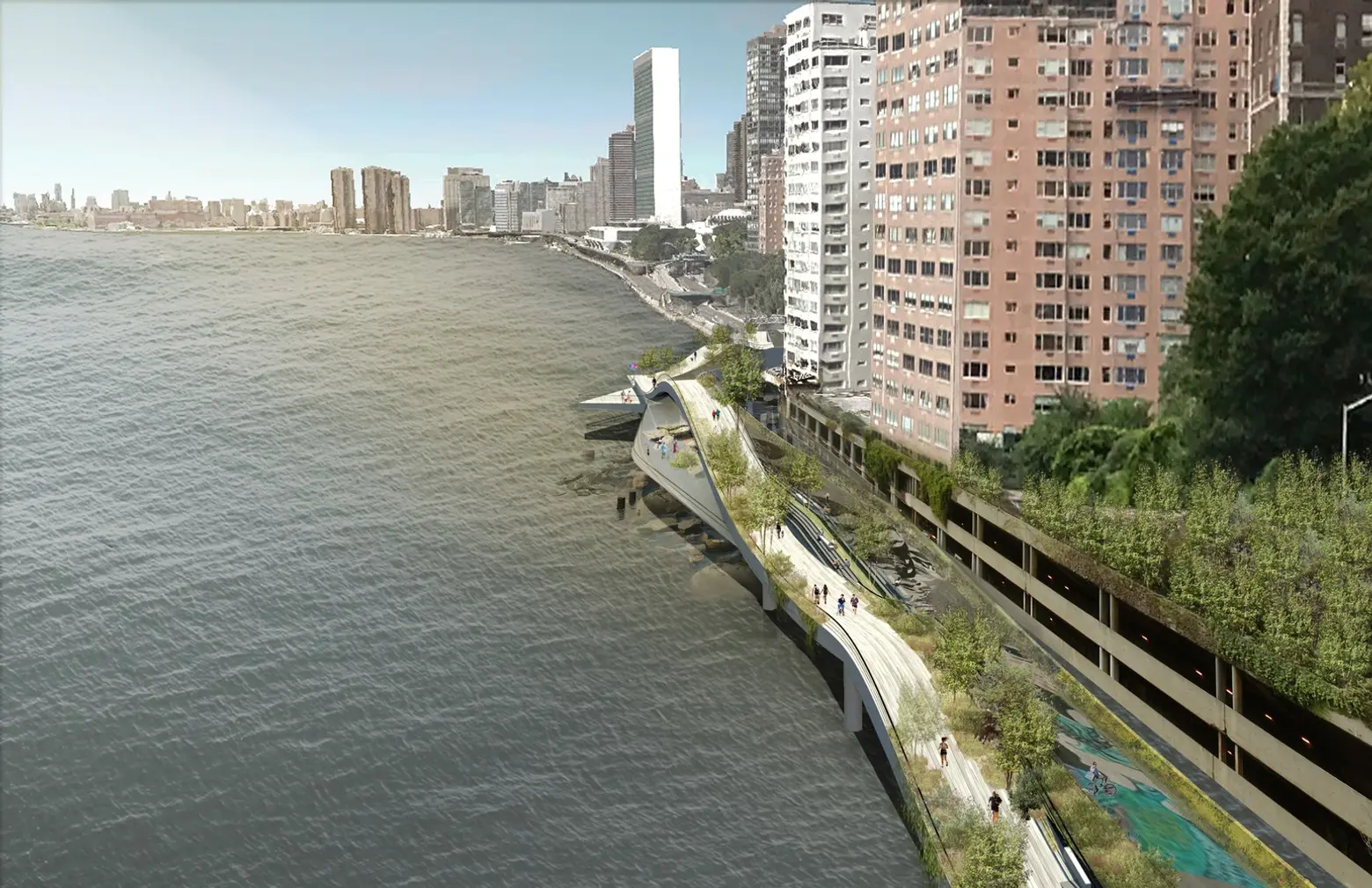
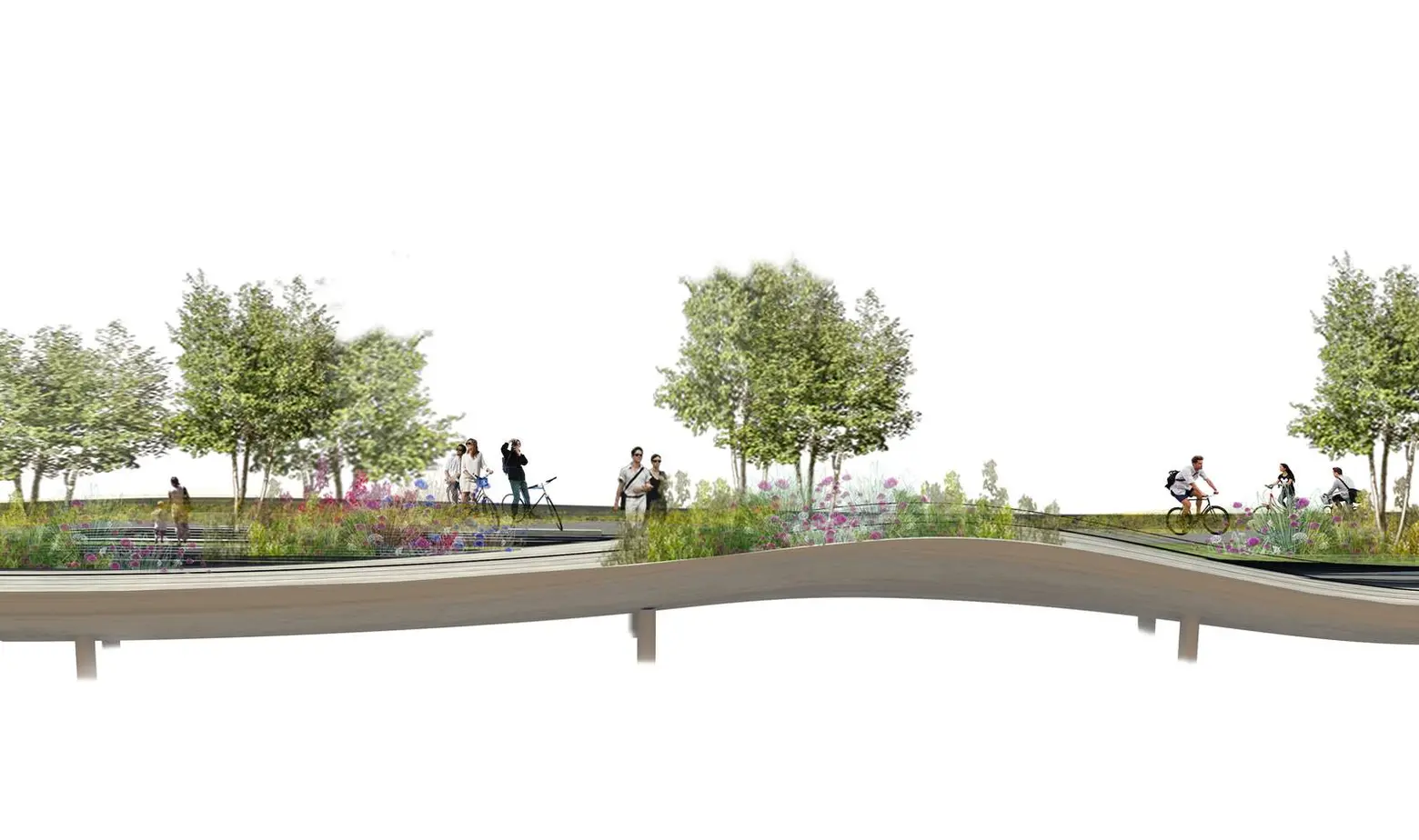
The prime 1.72-acre site offers sweeping views of Roosevelt Island, the Queensboro Bridge, the waterfronts of Queens and Brooklyn and all the way down to lower Manhattan. According to wHY’s landscape and urban design team, GROUNDS, their proposal is driven by the idea of three layers of meaning, which includes social, botanical and cultural emphasis.
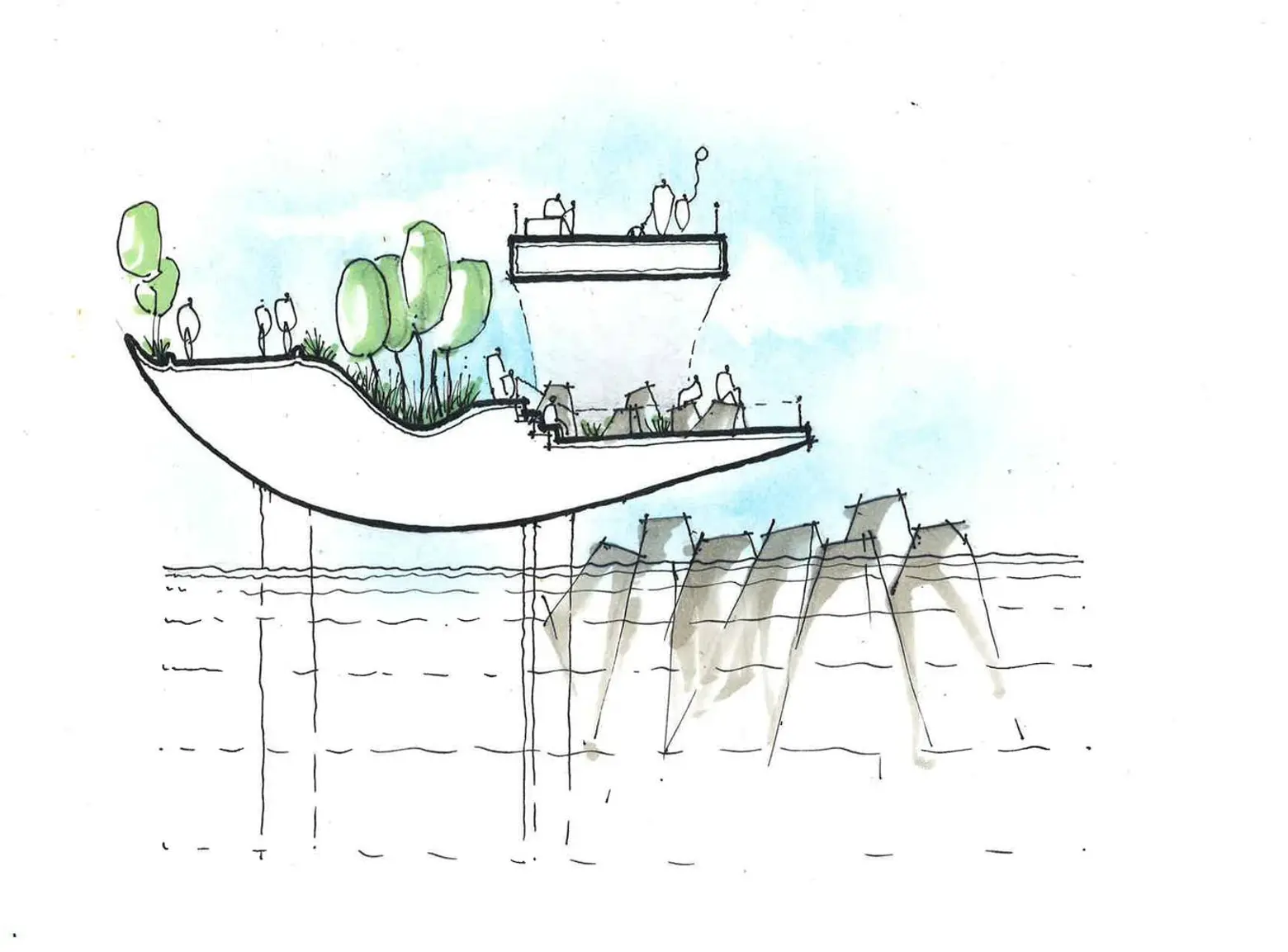
In contrast to the linear site, the design makes “sectional explorations” that center around two lanes: a slow-lane and a fast-lane. The wave-like design creates space for outdoor rooms, which can be used for places of rest, sightseeing spots and more.
The team behind wHY Grounds also researched how the slopes in their design might be able to filter noise, hitting the cultural component of the three-pronged proposal. Cultural events can take place in the outdoor rooms, designed to be flexible, temporary, pop-ups and even permanent programming. The first event will be “ART LANE,” a program for artists to come together and paint the bike lanes.
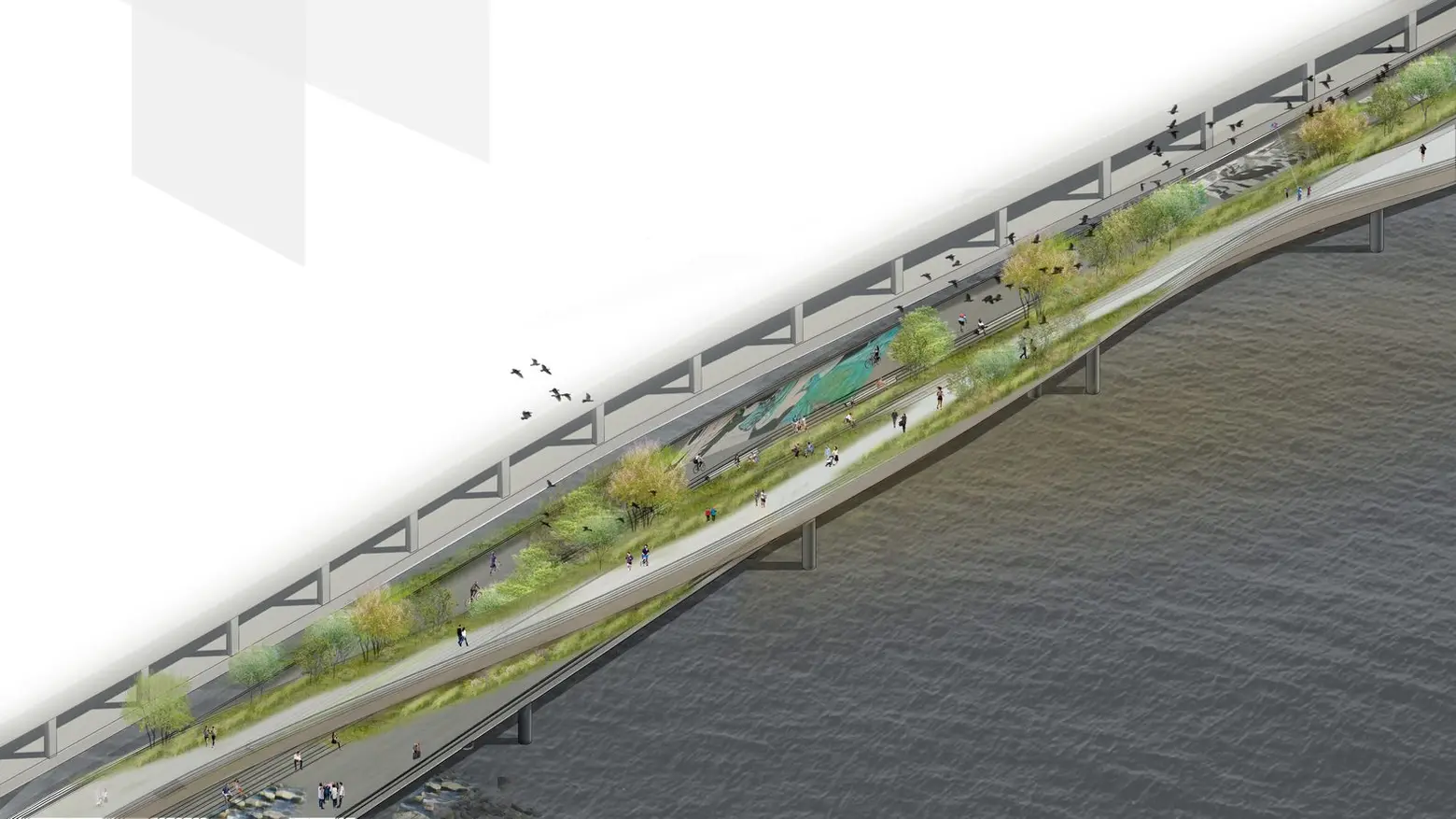
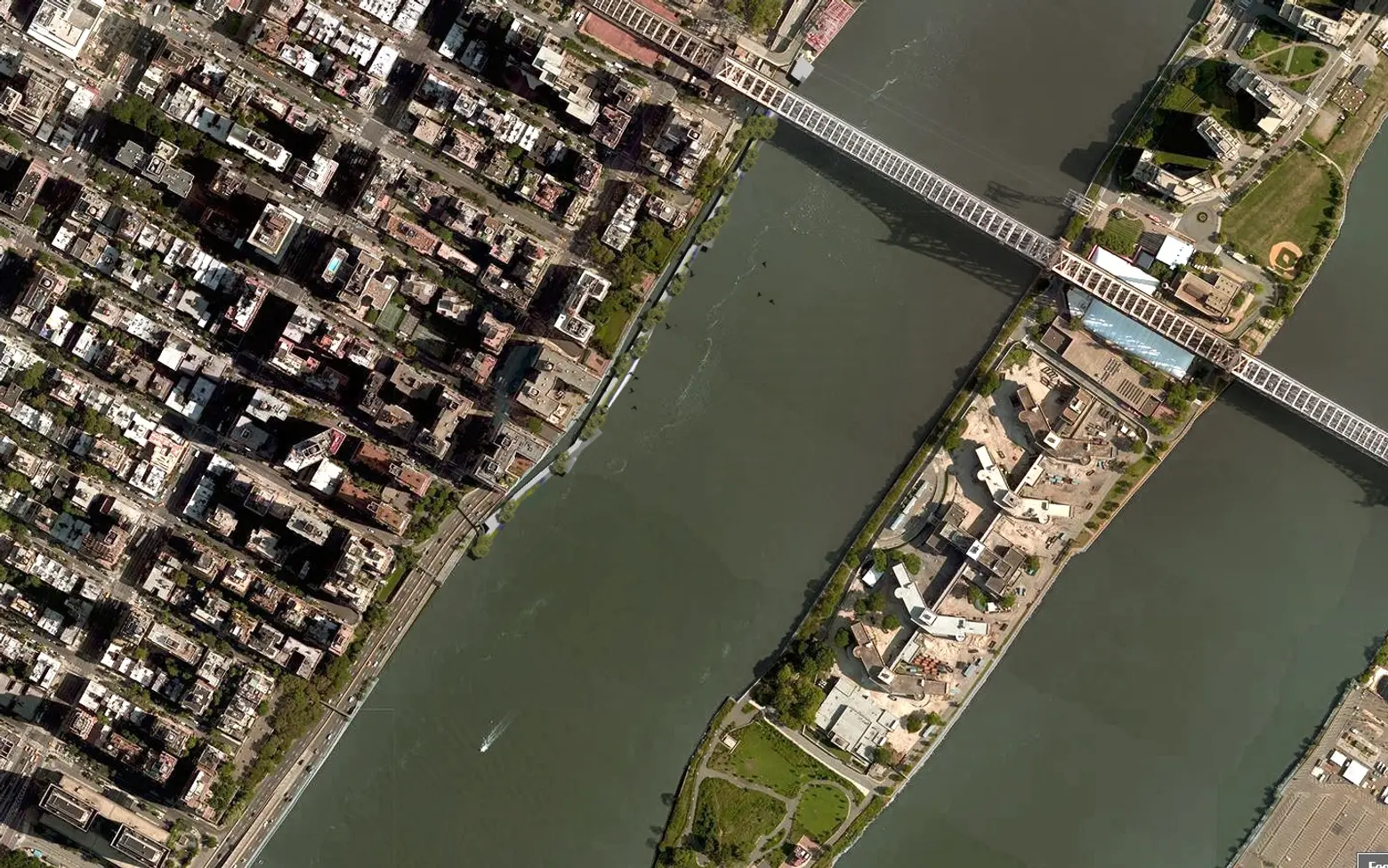
The design focuses on the city’s goal of reducing emissions. Below the undulating decks, there will be native, riparian and river edge plants. Overall, the landscape will balance maintenance, water and shading, while offering biodiversity.
Mark Thomann, the director at wHY GROUNDS, said, “We need imaginative responses to public space in cities across America, and New York is no exception. Connecting to the bodies of water surrounding us and enhancing our relationship to the East River is critical to our reality now and our future of resilience, culture and biodiversity.”
[Via ArchDaily]
RELATED:
- City will spend $100M on a new esplanade to close the gap along Manhattan’s East River greenway
- Barry Diller’s Pier 55 offshore park plan is back on with backing from Cuomo
- ‘Loop NYC’ proposes driverless auto expressways across Manhattan and a 13-mile pedestrian park
All renderings courtesy of wHY
